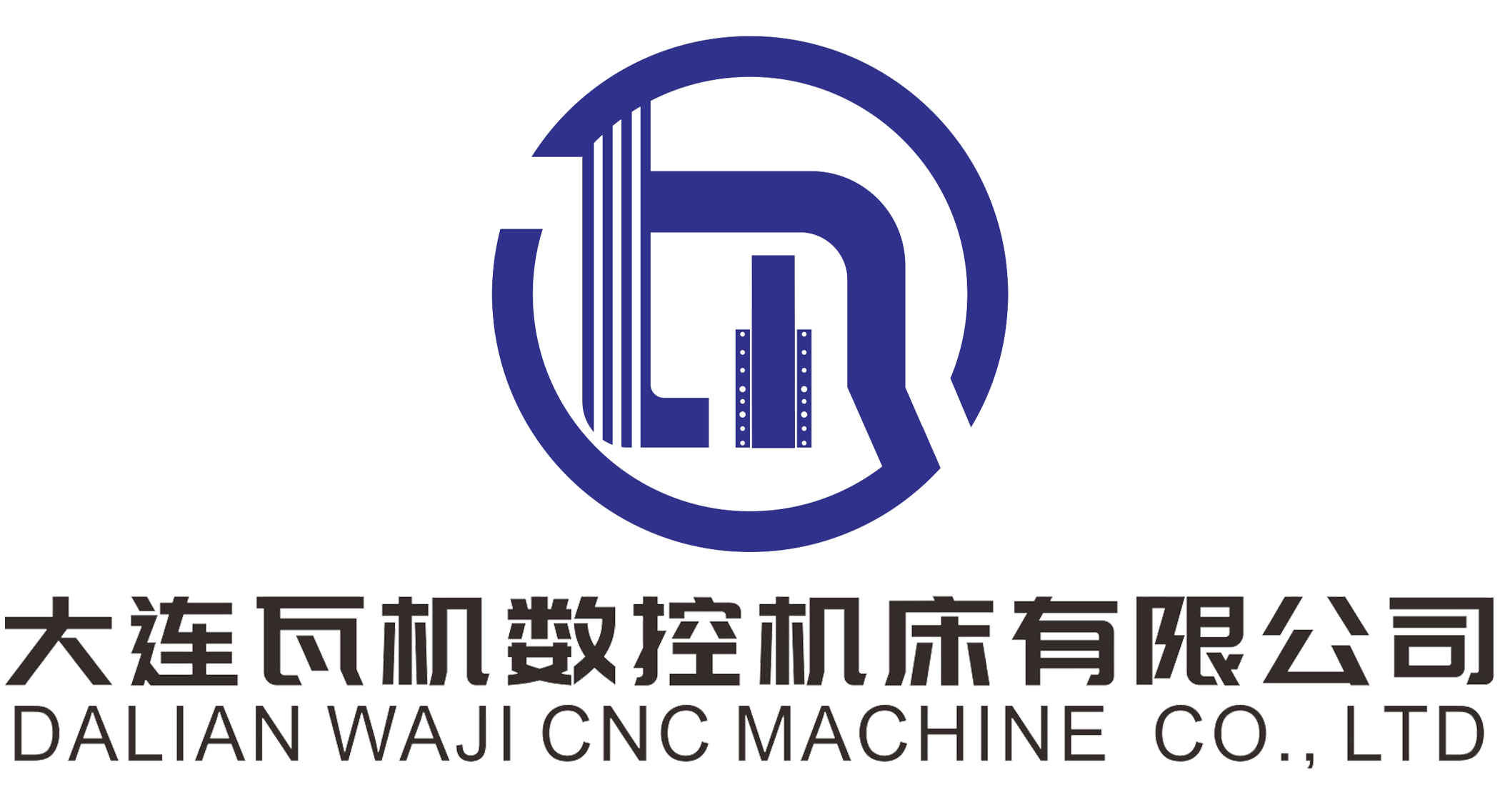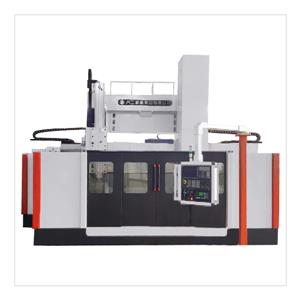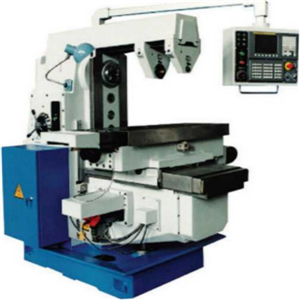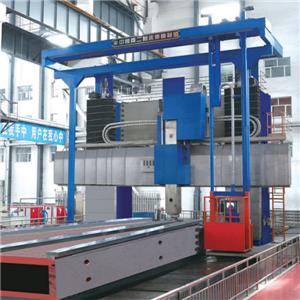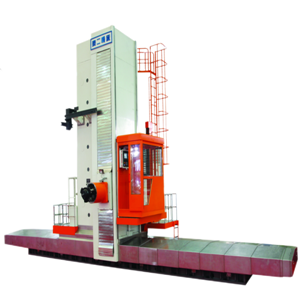What Are the Advantages of Turning and Milling Machine?
The Fourth Industrial Revolution emphasizes greater speed, higher efficiency, and a stronger focus on sustainability. In this evolving industrial landscape, automation continues to play a key role in manufacturing, while advanced, data-driven equipment such as CNC lathes and CNC machining centers drive technological innovation.
What is a CNC turning and milling machine?
A CNC turning and milling compound machine tool, also referred to as a turning and milling compound CNC machine or turning and milling compound CNC lathe, enables completion of all or most machining processes in a single setup. This significantly shortens the product manufacturing chain, reduces production auxiliary time caused by repositioning workpieces, and minimizes manufacturing cycles as well as fixture waiting time. These factors contribute to greatly enhanced production efficiency. It is no exaggeration to say that a CNC lathe milling compound machine can function like an entire production line.
Competitive edge of CNC turning and milling machines:
Competitive edge of CNC turn-mill centers comes from complex designs, introducing structural benefits, and creating parts that could not be reproduced profitably by any other manufacturing method.
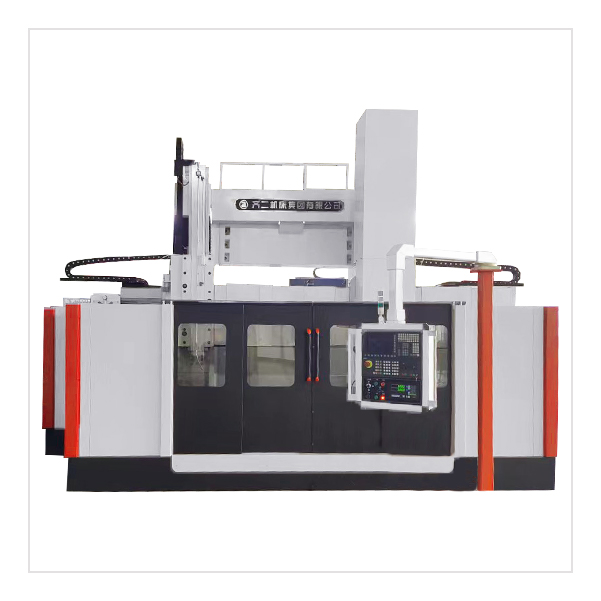
Key advantages of CNC turning and milling machines:
Compared to conventional CNC machining processes, turn-mill machines offer several significant advantages.
● Improved production efficiency: by shortening the manufacturing process chain, these CNC turning and milling machines reduce non-productive auxiliary time. Equipped with a variety of specialized tools and an optimized tool arrangement, CNC turning and milling machines minimize tool change time and enhance machining efficiency. The ability to complete multiple operations in one clamping greatly trims the production workflow, eliminating delays related to reloading and fixture setup, thereby considerably boosting overall productivity.
● Higher machining accuracy with fewer clampings: reducing the number of clampings prevents the accumulation of errors caused by repositioning deviations. In addition, most CNC turning and milling machines feature online detection systems, allowing real-time monitoring and accuracy assurance during machining. The high-strength integrated bed design enhances stability and supports the processing of difficult-to-cut materials. Automatic feeding devices further enable continuous operation, improving consistency and precision.
● Reduction in overall operating costs: although the initial investment for CNC turning and milling machines is relatively high, the consolidation of processes reduces the number of machines required, decreases fixture quantities, saves workshop floor space, and lowers maintenance costs. This leads to a noticeable reduction in fixed-asset investment, operational expenses, and management overhead.
Ideal solution of multi-function machining:
When your production requires multiple functionalities to complete a single workpiece, CNC turning and milling machines offer an integrated solution. Our novel turning and milling CNC center combines CNC turning and milling capabilities into one efficient unit, addressing diverse machining needs with high precision and reliability.
